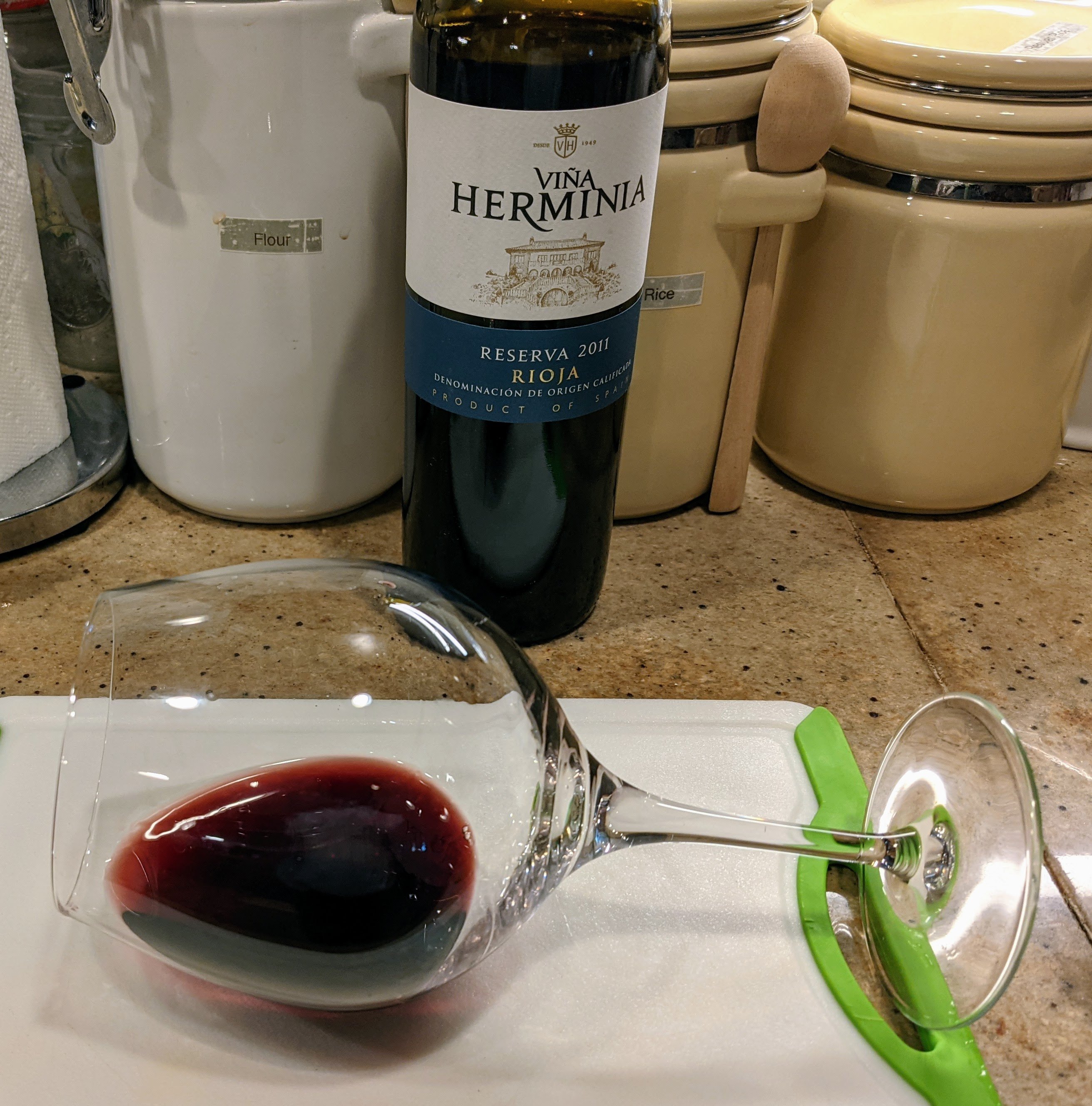Neal - of those, the 87 is probably the best vintage as the 84 and 85 aren’t considered particularly good vintages. However, that’s where the producer really matters. With LdH I’d certainly give them a try and most likely you’ll have some pretty good wines. If you like them they can be real bargains. I bought some of their 2002 a few years ago just because it seemed so good, particularly given the general pan of the vintage, and I’m confident that it’s going to be fine and even better in a few years. So producer really matters in this case and you have one of the few who excelled in those years. Of the group, I’d probably drink the 84 first.
As to decanting for sediment, that’s not really too necessary. These aren’t like Bordeaux or Napa Cab - they’ve been sitting in cask and racked a number of times. I have a few friends who think that’s why there’s always a slightly oxidized note to them, but I think that’s just from the cask aging more than the racking. In any case, there should be very little sediment to worry about. A little VA and bottle funk to blow off and then enjoy at your leisure. Last bottle I had from the 80s, I can’t remember the vintage offhand but I know it wasn’t the 81 or 82, and it was drinking fine over the course of an evening. Cheers!
Ramon - as far as the economic rationale, from what I’ve been told, the best return is the GR, at least from those producers who adhere to the designations. They wouldn’t use the same grapes - the best only go to the GR and perhaps the reserva, whereas the lesser, younger, or otherwise somehow not as desirable grapes go into the crianza. Don’t forget that no matter how many years you have the wine in cask, to be GR it also has to have 3 years in bottle. So some producers only do reserva and GR and sell off the other grapes. You would think that for cash flow they’d want to release some crianza, but that has to be 2 years old and apparently it’s more logical to dump the grapes rather than keep them. If the grapes are good enough for reserva, the extra year pays for itself.
I would assume, not having surveyed every producer, that the above doesn’t apply to everyone - the big guys can do all three levels and then some and they do. But the smaller and newer producers will often do reserva and GR and then will call their other wine something else so they can sell before the minimal 2 year period. Those are the wines that can be, as you suggest, good values, sometimes really good values.
